Arts criticism in Aotearoa is comatose
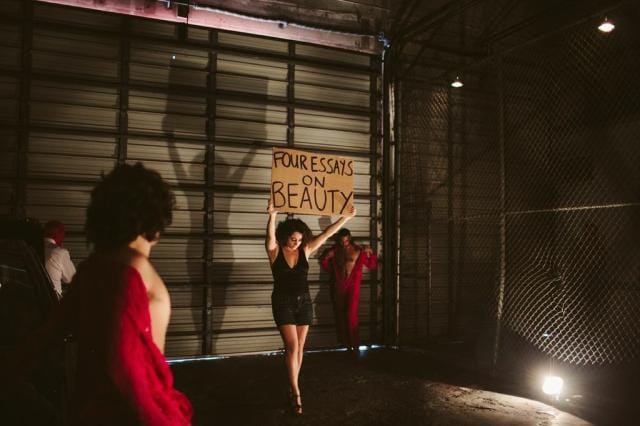
I get asked to review things a lot. Sometimes, I know it is because I am a trusted source who is guaranteed to give a thoughtful, considered review that might be published by an outlet that people read. Other times, I know it’s because people know I won’t just take free tickets and not follow up. Most of the time, I know it’s because my personal email is on some spreadsheet somewhere as a human being with a pulse who someone should hit up for a review, and they can cross their fingers as to whether I’ll say yes or no.
That’s sad, and a sad reflection of where critical culture is in this country.
A bit of a clarification: My criticism lens is mainly around theatre, although I occasionally review literature, comedy, opera film, and dance. It is absolutely the artform that I have the most “qualifications” in, although the piece of paper with my name on it matters very little, to review, and definitely the most experience.
With every other artform, I largely have the experience of being asked to review it, saying yes, and then having the personal and professional obligation to put words into a coherent form. I have no doubt that there are myriad issues within those artforms to address, although I would look sideways at literature criticism and go, “Don’t worry about the ‘how much’ and worry about the ‘who is’, mate.” So when you read this, please know that I speak specifically to theatre, and perhaps more broadly to the performing arts.
I am also, and I would hazard to say primarily, a playwright. I work in the same industry that I critique, regularly. Most of my friends are in the community. I would say that I’m actively working, and others would say that I am overactive (come see A Rich Man, August 5-9, at the Old Folk’s Association). I’ve been lucky enough to practice as both a playwright and critic uninterrupted for well over a decade, with blessedly little cognitive dissonance.
Therefore, I need to acknowledge that I’m in a, if not unique position, then a privileged one. My career as a critic and my career as an artist are inextricably intertwined. My first published review was for Craccum in 2011, of a show put on by Eli Matthewson and Hamish Parkinson at Basement Theatre that I can remember in general but not by title. My first production – a double bill – premiered at that same venue the following year. I’ve reviewed people I’ve worked with, and absolutely people I will work with.
I was lucky enough to be cultivated by industry leaders in both my playwriting craft (Sophie Henderson, Shane Bosher, Nisha Madhan, Julia Croft, Allison Horsley) and critical lens (Tim Wong, Rosabel Tan, Catherine Woulfe, Duncan Greive). Working with all of these people has led me to be both the playwright and critic I am, and these are not parallel streams but deeply intertwined ones.
I have to stress that this is not a result of my ability – writing, networking, or otherwise – but being fortunate to have come into both the arts and media ecosystem at the very specific time I did. I really wanted to make theatre, I really wanted to write about it at a time where people, and I was more than willing to do so for free due to an unsustainable relationship to money, and an eagerness to get words out of my brain and onto a blank page. (Anybody who has read this newsletter will know that I could use an edit or two, as does anybody who has been to a reading of an early draft of a play of mine.)
I was not taught at university how to review. I was also not taught how, as an artist, to respond to a review. It is a deeply bizarre thing to go through as a human to know that somebody is talking about you, and something that you have made, and not be expected to respond to that person.
It is, however, the norm for an artist. People talk about you, and your work, and your contribution to that conversation is finished the moment they start talking. It is unreasonable, and perhaps impossible, to expect artists to engage with criticism in a healthy way when they haven’t even been taught how to. (And hello, if anybody wants to hire me to teach how to navigate this from either side, I am very available for a reasonable fee.)
Artists, and arts institutions, are not entirely at fault here. The media also has to be aware of where they messed up; you can't expect someone to drink poison and ask for seconds. At a time where reviews were dime a half dozen – I remember having at least five reviews for my first show that probably played to 250 people maximum – there were absolutely bad actors in criticism who wielded their paltry influence unduly. Knives were out, and certain pockets of the community, myself absolutely included, relished the chance to read a complete desecration of someone’s art. These reviews were not criticism, but gossip. They did not build a bridge between art and audience, but instead destroyed that hypothetical bridge for unpaid laughs. Younger artists won't remember these times, but the scars are still there.
The point is, regardless of fault, that critics are scarce. Anybody who wants to review can review – as they should. However, the systems to support informed criticism is even scarcer. There are a few outlets that pay (I thank them!), but most rely on the unpaid labour of enthusiastic but not necessarily educated writers to deliver criticism. I don’t blame artists who don’t want to engage with these outlets, even as I despair that enthusiasm is the bare minimum, while education is a nice bonus. Asking a critic into your art is a vulnerable action, one of many that goes into making that art, why would you ask a critic you don’t trust?
We are also a small country, and a smaller community. General audiences don’t really read reviews. The community, the sector, the industry, whichever synonym you choose, reads reviews. They discuss them. They debate them. They share screenshots. An artist has every reason to assume a reviewer is not critiquing a show, but giving feedback, giving notes, perhaps giving a pull-quote for future posters. (And frankly, a lot of reviewers describe the show they want to see, as opposed to the show they are seeing. See above, re: enthusiasm as opposed to education.)
Have I ever been afraid that I might anger somebody with a review to the point of ostracization? Absolutely, although perhaps less than I should have been. I think I’m truly fortunate there remains probably only one practitioner who doesn’t acknowledge me when we’re in the same room, which is a pretty good hit rate after literally hundreds of reviews. I can also honestly say that my artistic career has benefited more from reviewing – whether it’s from being in the same room as fellow artists, or by forcing me to think deeper about why certain things work and why certain things don’t – than it has from any formal education (with warmth to my tutors).
However, the reality is that a piece of criticism, at its core, should be a bridge between art and audience. Beyond a programme essay – and as one of the few people who writes those in this country, I can say they are few and far between – it is the one opportunity that a piece of art gets to have thoughtful, printed, context put around it. A review can tell someone why they should see the show – or why they shouldn’t – but it should mostly be a record of the show and where it sits in the cultural landscape. Good or bad, offensive or placid, relevant or irrelevant, comes underneath all of that.
It’s also all subjective. That’s why the scarcity of criticism is such a genuine fright. I have been asked to review shows and decided not to because I absolutely do not want the burden of being the sole chronicler of whether this show was or was not “good”. My taste, as is everybody’s, is extremely subjective and what makes a critical landscape beautiful, and even vital, is not that the critical tide is monolithic but that it contains many voices, from many perspectives.
There is such potential for a rich critical landscape for our artform. Our proximity to each other as artist and critic can be a detriment, and the amount of mental calculus I’ve had to go through when deciding whether or not to review certain shows based on whether I’ve worked with a person too close to reviewing something they are involved in, or perhaps might work with them subsequently is deeply dull. But it can – and should – be an asset.
A provocation: Let’s review each other. The media is no position to step in – again, said with warmth – and if we don’t, nobody will.
Theatre is a communal artform; it exists as much in the bar, in the green room, in the car home as it does in the venue in which it is performed. We’re having these conversations anyway. It makes zero sense to be vulnerable and brave onstage if we can’t do the same when we’re talking about the same work.
If we put our thoughts, our conversations, our critiques into print we might be a little bit more thoughtful about those conversations. We might also inspire discussion, deeper thought, and deeper consideration.
That’s the point of all of this, right? Connection. Being in the same room. Understanding the same thing, from wherever we’re standing. The art’s there, let’s put the conversation there too.
Writing and reporting takes time, and if you want to support the amount of time it takes (and ensure that the scant amount of meaningful coverage of local art can continue), please considering supporting Dramatic Pause with a paid subscription ($8 p/m, $60 p/a) and if you can't afford a paid subscription, please share the work with your networks!
Self-promo: If you are in Tāmaki Makaurau, you can buy tickets to A Rich Man, at the Old Folk's Assocation from August 5-9.
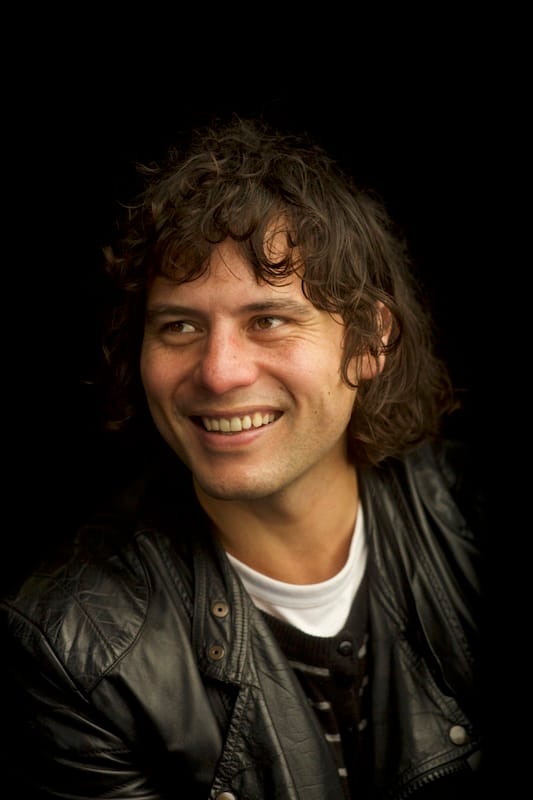
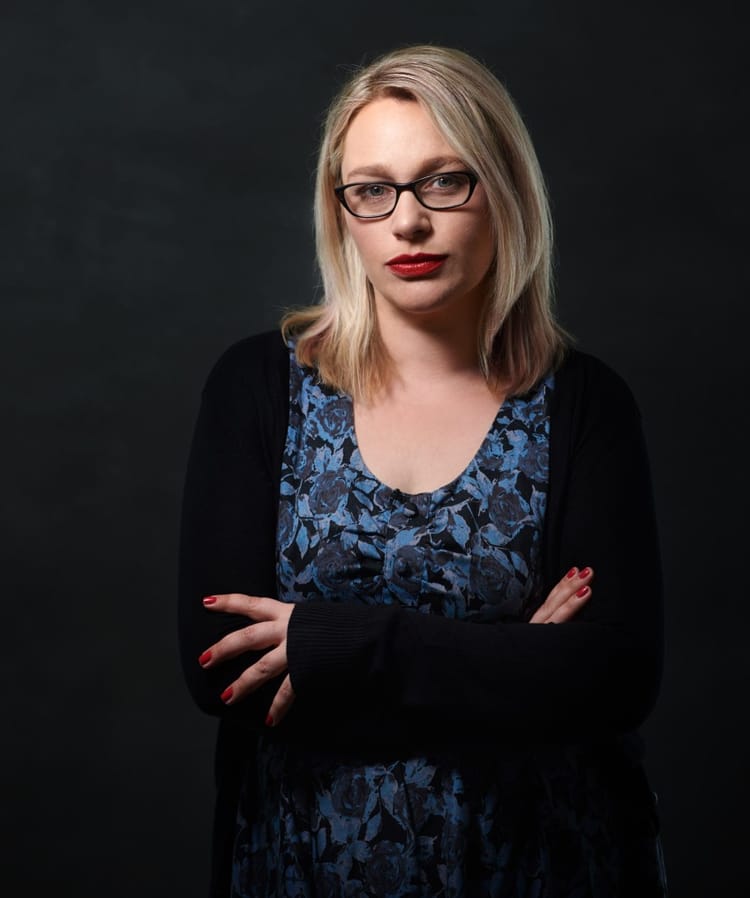
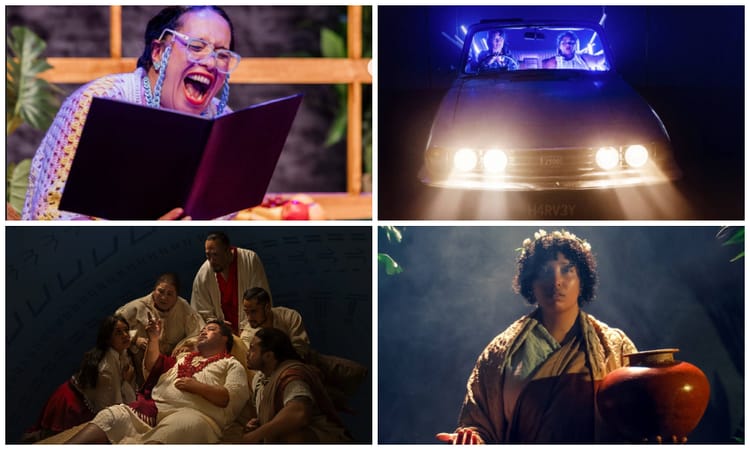
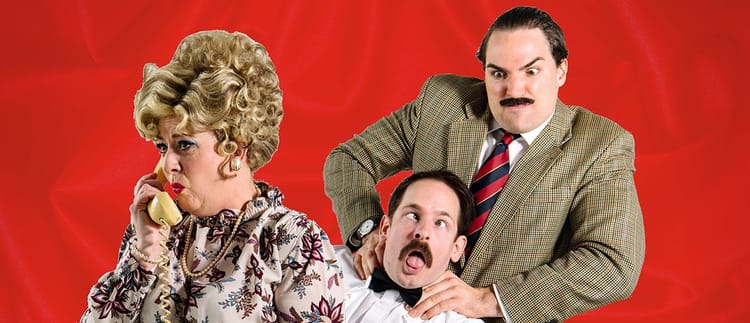
Member discussion